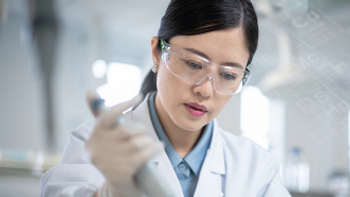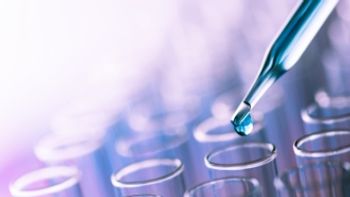
Battery Summit: Preparation and Analysis of Battery Samples
Webinar Date/Time: Tue, Dec 13, 2022 11:00 AM EST
Elemental impurities analysis (Al, As, Au, Ca, Cl, Cr, Cu, Fe, K, Mg, Mn, Mo, Na, Ni, Pd, Pt, Si, Pt, Pd, etc.) in electrolyte, anode, cathode and the raw materials are most important in the battery industry.
Register Free:
Event Overview:
Lithium-ion batteries have become an essential type of battery, accounting for approximately 90% of the market. The batteries market consists of Upstream, Midstream, and Downstream, and the raw materials needed for each segment varies. Therefore, elemental analysis of raw materials and the entire value chain of the battery market is crucial. Elemental impurities analysis (Al, As, Au, Ca, Cl, Cr, Cu, Fe, K, Mg, Mn, Mo, Na, Ni, Pd, Pt, Si, Pt, Pd, etc) in electrolyte, anode, cathode and the raw materials are most important in the battery industry. ICP-OES is the most popular instrument for the industry; however, ICP-MS, AAS, and UV could also be used sometimes.
Besides inorganic testing, organic impurities (solvent, additive, VOCs, etc) in the electrolyte, cathode, and adhesive are also critical. GC/GCMS, especially GC-MS, is used, as well as some LC/LCMS, for solvent and additives analysis in the electrolyte. Research and development of new battery materials is ongoing in many geographies and companies. GC-MS, LC-MS, ICP-OES, and ICP-MS are needed for continual advances to understand the composition better.
Key Learning Objectives:
- Overview of Li-Ion battery components
- Trace element content and component purity analysis by ICP-OES and ICP-MS
- Real-world perspectives and advantages of using helium leak detection (HLD) for E-Vehicle manufacturing
- The role of GC and GC/MSD for the Analysis of Swelling Gas, Carbonate Solvents and Additives in Lithium-ion Batteries
Speakers:
Yuhong Chen, Ph. D.
Director, Global Materials Applied Markets
Agilent Technologies
Greg Gilleland
Application Scientist
Agilent Technologies
Jenny Nelson, PhD
Application Scientist
Agilent Technologies
Bartly Carlson
Senior Applications Engineer
Agilent Technologies
Shannon Coleman
Application Scientist
Agilent Technologies
Register Free:
Newsletter
Get essential updates on the latest spectroscopy technologies, regulatory standards, and best practices—subscribe today to Spectroscopy.




